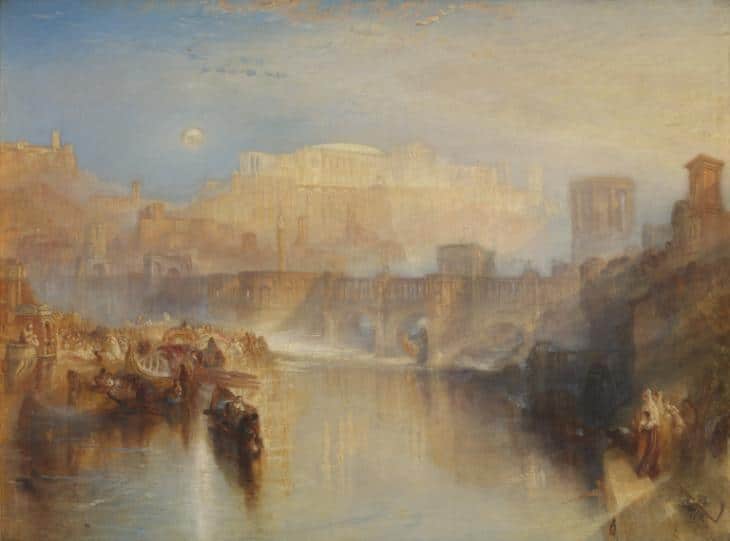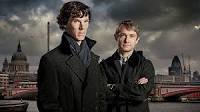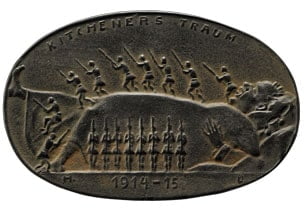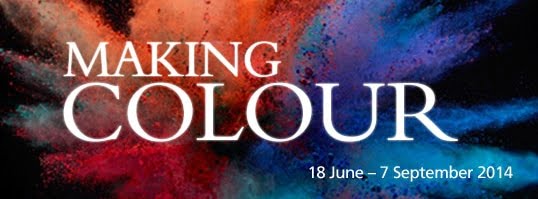The National Portrait Gallery will display The Real Tudors: King and Queens Rediscovered. Visitors will have the chance to rediscover the real Tudor monarchs through a really unique and complete presentation of their portraits.
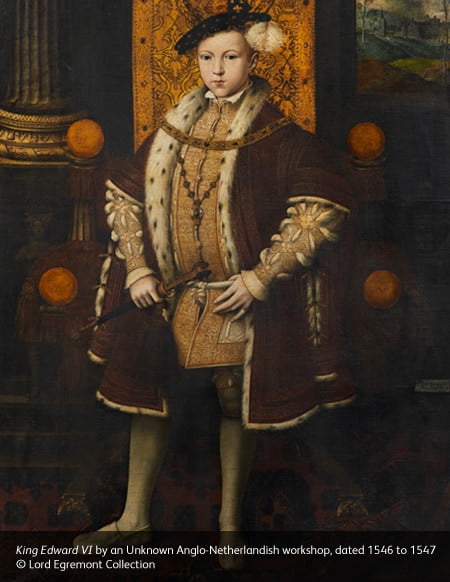
The exhibition will help to understand the visitors why and how those portraits were made with a recent research commenced as part of the Making Art in Tudor Britain project. At the exhibition visitors will also meet a ‘real’ portrait of Lady Jane Grey from the sixteenth century and they can also explore a commemorative portrait of Jane which is dating back to the Elizabethan period. The monarch includes many kings and queens portraits such as Henry VII which is one of the oldest portraits on display or Elizabeth I who was Henry VIII only surviving child from Anna Boleyn. The exhibition The Real Tudors: Kings and Queens Rediscovered will be the base of a larger exhibition organised in partnership with Réunion des Musées Nationaux – Grand Palais at the Musée du Luxembourg, Paris, in 2015. The exhibition will take place at the National Portrait Gallery in central London. The exhibition will open its gates from 12th September 2014 until 1st March 2015.
